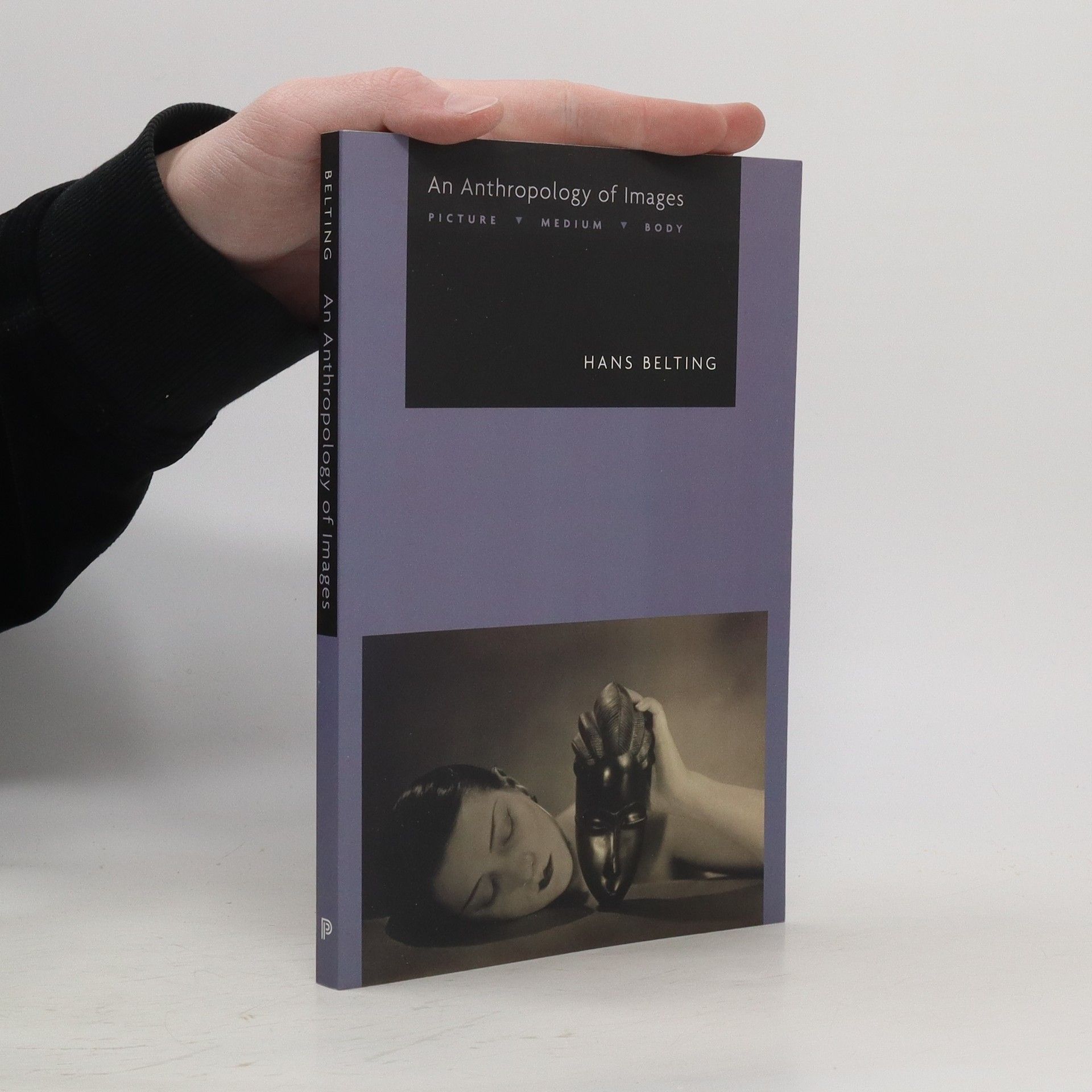«Il tema di questo libro è l’ideale dell’arte assoluta, che ha guidato incessantemente la produzione artistica pur avendola sempre elusa. Questa aspirazione irrealizzabile dell’arte è spesso confusa con l’ossessione di produrre qualcosa di veramente nuovo e originale, anche se, in effetti, il nuovo è spesso soltanto la maschera di un ideale che è ancora alla ricerca del suo posto nel mondo dell’arte». Hans Belting Quando, ai primi dell’Ottocento, il processo di autonomia dell’arte giunge a compimento, le opere cominciano a essere ritenute il “luogo” nel quale essa deve trovare la propria ragion d’essere, nonostante la si concepisca come assoluta e mai pienamente realizzabile. Sulla scia del celebre racconto di Balzac Il capolavoro sconosciuto, Belting conia l’immagine del “capolavoro invisibile” per designare e descrivere questo ideale irraggiungibile. Servendosi di tale immagine, l’autore scandaglia e decostruisce alcuni punti nodali delle vicende artistiche occidentali otto-novecentesche, in un racconto nel quale emerge che la corrispondenza tra l’arte come idea e l’opera come suo inveramento ha assunto una connotazione utopica.
Hans Belting Libri
Hans Belting è uno storico e teorico dell'arte tedesco il cui lavoro spazia dall'arte medievale, rinascimentale e contemporanea. È rinomato per i suoi contributi alla teoria dell'immagine, esplorando la complessa relazione tra arte, cultura e percezione. La borsa di studio di Belting approfondisce i fondamenti teorici della rappresentazione visiva e il suo impatto sulla nostra comprensione del mondo.







Dalle maschere teatrali alla mimica degli attori, dal ritratto europeo alla fotografia, dal cinema all’arte contemporanea, Hans Belting ripercorre in questo volume i diversi tentativi di fissare la vita del volto e del sé. Affascinante indagine sui vari modi in cui gli uomini hanno raffigurato sé stessi nel corso della storia, Facce offre innumerevoli spunti di riflessione che mettono in crisi le nostre idee più consolidate.
I canoni dello sguardo
- 302pagine
- 11 ore di lettura
Brevemente l'a. accenna alla centralità dell'occhio nella teoria della visione di Leonardo da Vinci e alla sua concezione della prospettiva.
Face and Mask
- 270pagine
- 10 ore di lettura
Face and Mask: Changing Views -- Portrait and Mask: the Face as Representation -- Media and Masks: the Production of Faces
Before the Renaissance and Reformation, holy images were treated not as "art" but as objects of veneration which possessed the tangible presence of the Holy. In this magisterial book, Hans Belting traces the long history of the sacral image and its changing role in European culture. Likeness and Presence looks at the beliefs, superstitions, hopes, and fears that come into play as people handle and respond to sacred images, and presents a compelling interpretation of the place of the image in Western history. "A rarity within its genre—an art-historical analysis of iconography which is itself iconoclastic. . . . One of the most intellectually exciting and historically grounded interpretations of Christian iconography." —Graham Howes, Times Literary Supplement "Likeness and Presence offers the best source to survey the facts of what European Christians put in their churches. . . . An impressively detailed contextual analysis of medieval objects." —Robin Cormack, New York Times Book Review "I cannot begin to describe the richness or the imaginative grandeur of Hans Belting's book. . . . It is a work that anyone interested in art, or in the history of thought about art, should regard as urgent reading. It is a tremendous achievement."—Arthur C. Danto, New Republic
An Anthropology of Images
- 216pagine
- 8 ore di lettura
"In this groundbreaking book, renowned art historian Hans Belting proposes a new anthropological theory for interpreting human picture making. Rather than focus exclusively on pictures as they are embodied in various media such as painting, sculpture, or photography, he links pictures to our mental images and therefore, our bodies.: -- Back cover
Looking through Duchamp's door
- 192pagine
- 7 ore di lettura
In this new book by Hans Belting, three monographic essays are united by one common problematic—the need for perspective after the end of perspective in modern art. Hans Belting not only opens up new ways of looking at the works of Marcel Duchamp, Hiroshi Sugimoto and Jeff Wall, but also deals with the concept of perspective in their work. The door that Marcel Duchamp installed in Philadelphia is a metaphor for a brilliant strategy that redirects the worn out view of perspective back to ones self. Hiroshi Sugimoto and Jeff Wall, two protagonists of photography in contemporary art, both looked through this door as they became artists and have both referenced Duchamp time and again. Belting’s analysis and surprising discoveries also open up a new way of looking at Duchamp—a lifelong experiment, in which art, in the name of perspective, is freely negotiated with the viewer. It was a bout of seasickness on a trip to Buenos Aires that gave Duchamp the impulse for his highly original reflection on horizon, perspective and gravity. Hans Belting’s very knowledgeable and coherent reasoning makes for a highly captivating book, embellished with 79 illustrations to help lead the reader through the pictorial art of perspective.

